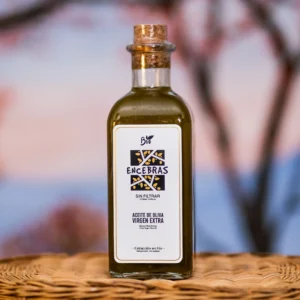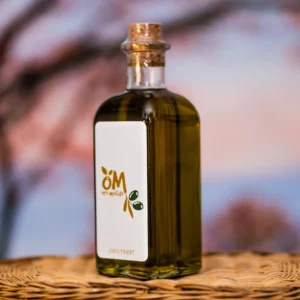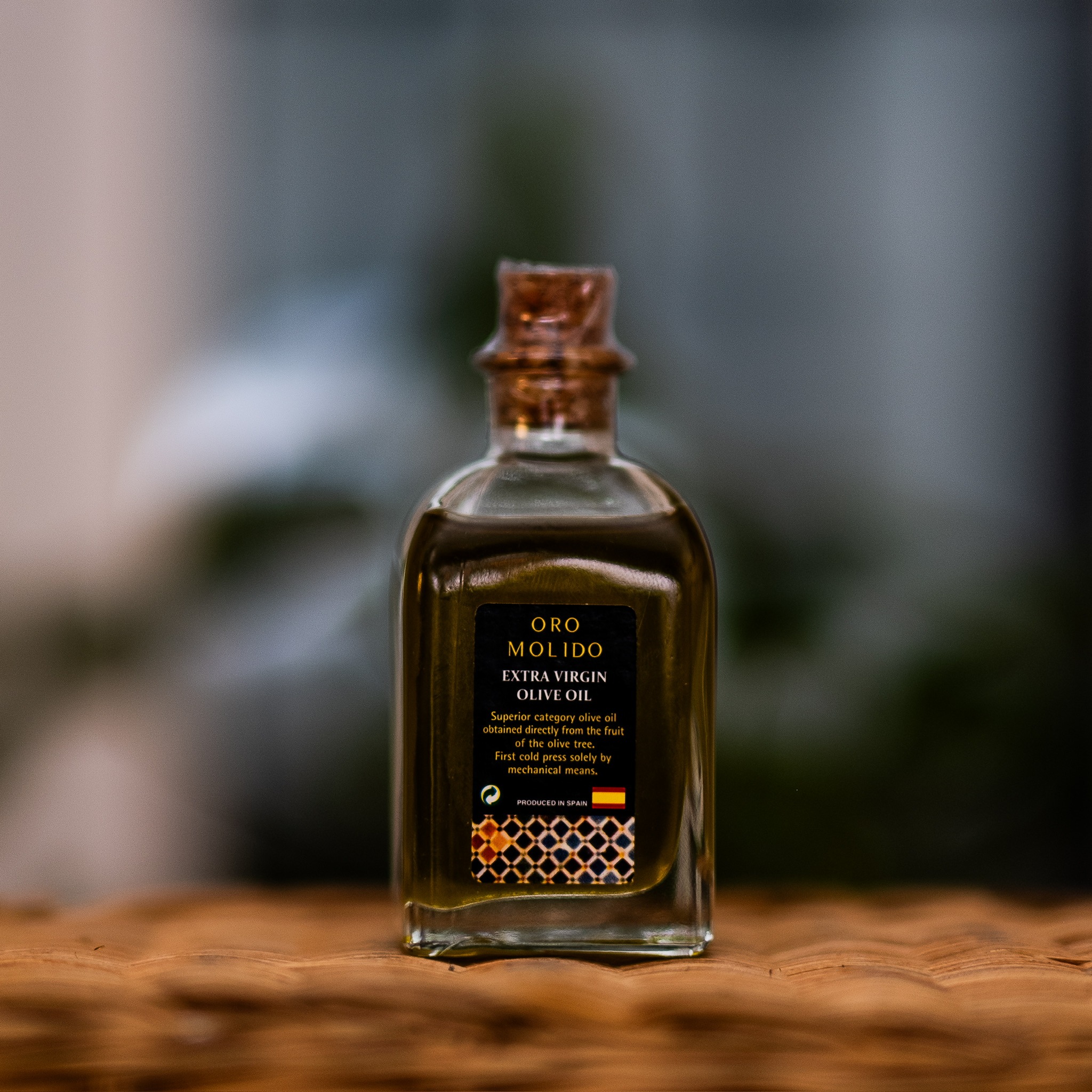Order Online
OM
Directly from
Kings Olive Hive
To your home
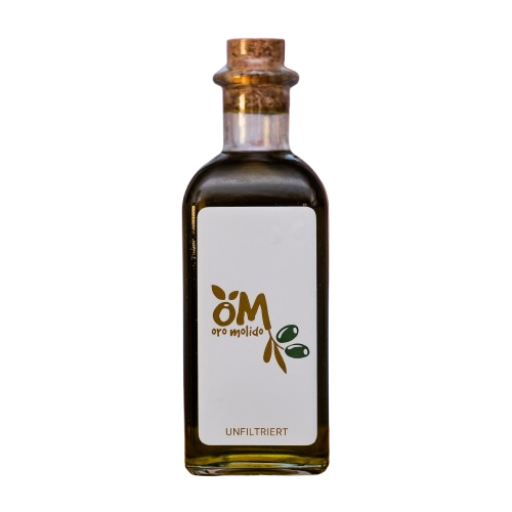
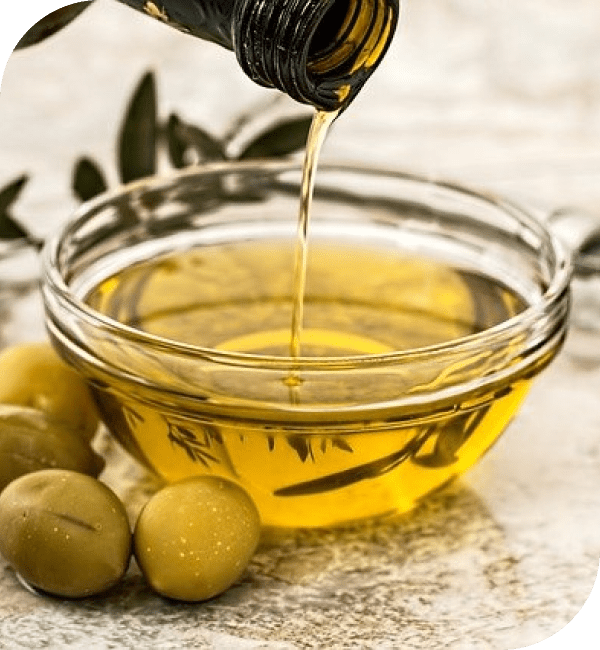
Benefits
Thanks to cold pressing at a maximum of 27 degrees, all the important antioxidants and polyphenols for the body can be maintained, and it also has an excellent shelf life, mainly due to its oleic acid content.
Organic olive
Our oil complies with the European regulation (2018/848) which requires that the control of organic food producers be carried out by a control body, the European regulation. The control body that certifies the oils is CAAE (Andalusian Committee for Organic Farming), which despite its name is a private company. It is the company in Andalusia with the most experience in organic farming.
Production Process
- Unloading point for olives
Pending processing within 24 hours of harvest, the olives are stored in well-ventilated conditions and defects from poor storage and fermentation are prevented. - Leaf Removal
It is important to remove all the leaves that are torn off during harvesting as much as possible to avoid an unpleasant, pungent bitterness in the olive oil that is obtained later. - Wash
Leafless olives are cleaned of dust and other dirt during the washing process. - Grind
The olives and the bone are crushed with the help of hammers. The goal is to break open the cells of the fruit and let the juices come out. During the process, an olive paste is created, consisting of oil, solids and water. - Kneading process
The olive paste is kneaded in a vat with a spiral kneading hook for about 25-45 minutes, depending on the type of olive and the degree of ripeness, the experienced olive oil maker decides at a glance that the paste is ready for extraction centrifuge. Cold extraction at below 27°C!
The kneading process must be carried out at a speed that avoids excessive heating of the dough and the consequent loss of polyphenols. The temperature is controlled for the duration of the kneading process. - Decanter
The olive paste is spun in a centrifuge at 3,000-3,500 rpm.
The result is extraction residues, effluents and olive oil with a low water content and
This method of obtaining olive oil is called extraction. - Centrifugal Separator
The olive oil is centrifuged in a vertical centrifuge at around 6,000 – 6,500 rpm. Water and olive oil are separated from each other. - Filtration of Fruit components
The components of the fruit are removed using cellulose mats. The longer the olive hangs on the tree, the more oil it produces.
The degree of ripeness of the olives is decisive for the intensity, the content of polyphenols and the yield of the olive oil obtained. Green olives, harvested from October to early November, produce an intense, low-acid polyphenolic olive oil, albeit with a relatively low yield of only 11-14%. That is, with 100 kg of olives used, 11-14 liters of olive oil are obtained.
As it matures, the oil content increases, but the proportion increases freely, which explains the price differences in authentic extra virgin olive oils. - Storage
Subsequent storage in silos until filling prevents the extra virgin olive oil from going rancid. - Bottling
Thanks to the new bottling lines, it is possible to fill our product in different sizes and jars or bottles.
After this very important step, our bottles are delivered to our operations center in Heidelberg, Germany or to your home.
About Us
Located in Germany, we are dedicated to the marketing of oilseed products of European origin for the global market. At Caros GbR we guide and advise our clients from the first contact, providing them with the best product options and information, ensuring price and quality. Our main strength is our team of expert professionals in international negotiations experience of more than 15 years.

Visit
Greifstraße 269123 Heidelberg
Deutschland

